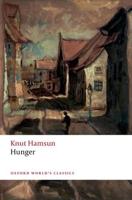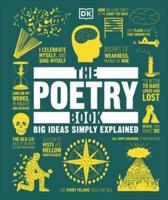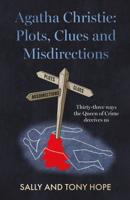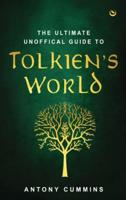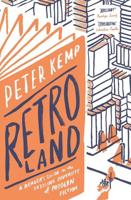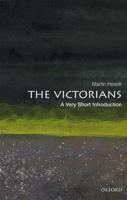Publisher's Synopsis
Until late in the 19th century, Hindi literary works were predominantly in Braj, spoken mainly around Agra and Mathura. The other form of Hindi, khari boli (spoken around Delhi and Meerut), was viewed as too unrefined for the expression of poetic sentiments and images. Though the earliest works in khari boli were prosaic with a strong element of the moralizing and didactic, it subsequently evolved into a more interesting literature, in the period between the two World Wars, typified by the poetry known as Chayavad. Like the Romantic tendencies in the West, Chayavad was marked with elements of symbolism and mysticism. Upanisadic teachings, the English Romantic poets, the French Symbolists, Tagore, Sanskrit aesthetics, all seemed to have influenced this genre. The four principal Chayavad poets Jayshankar Prasad, Suryakant Tripathi ‘ Nirala', Sumitranandan Pant, and Mahadevi Varma created a poetry in which khari boli Hindi attained an incontestable brilliance a nd elegance of expression. The most striking element in Chayavad is its subjectivity. These poets, even when returning to subjects derived from the epics and Puranas, would mark them with reference to his own history and outlook. They all frequently resort to natural phenomena or (with the exception to Mahadevi) to historical events as vehicles for autobiography. Like the Western Romantic poets, the Chayavadis gave nature a pre-eminent place in their work and sought fresh new ways of envisioning the natural world. Erotic themes, both in metaphor and explicit statement, represented another new development in Chayavad poetry. Prasad (1889-1937), the first Chayavad poet to attain fame, was the most eloquent of those who saw the need for a new direction in Hindi poetry and free it from the traditions and conventions considered sacrosanct. His works include novels, essays, short stories, and a series of dramas. Nirala's (1899-1961) oeuvre includes novels, short stories, and es says apart from, of course, poetry. He experiments boldly with free verse and innovative re-creations of epic subjects and devotional themes. His novels and stories were satirical attacks on the hypocrisy of and oppression by the upper castes. Pant (1902-87) is best known for his romantic poetry celebrating love and nature. His works reflect his concern for the social conditions of his time, for the downtrodden and the poor. Varma (1902-87) is a major figure in the renaissance of Hindi literature and considered its finest woman poet. Unlike her contemporary Chayavad poets, her work is almost completely removed from every-day life. She created a series of highly refined, complex, and often obscure, lyrics between 1930 and 1942.



